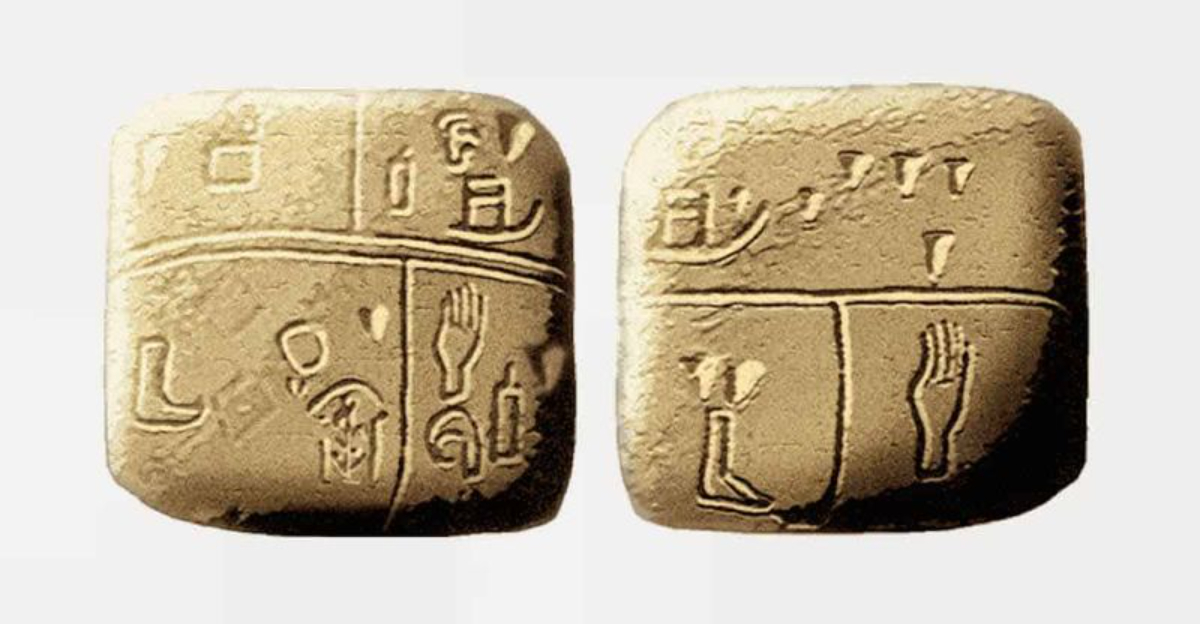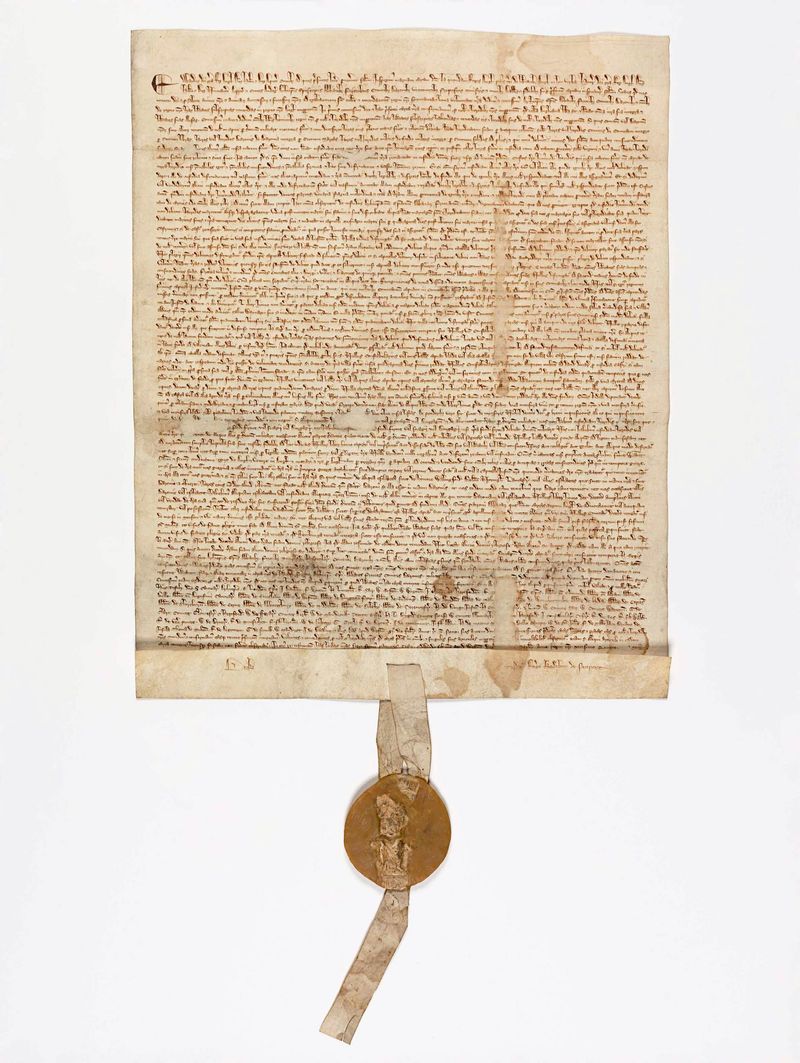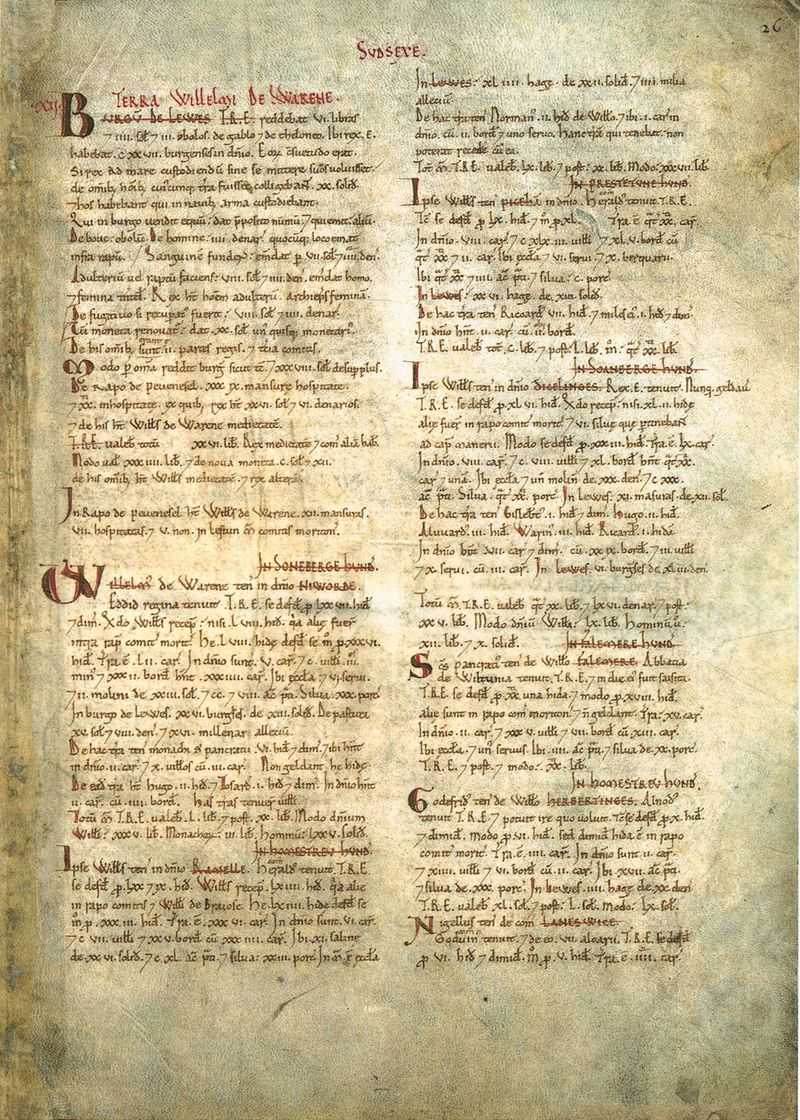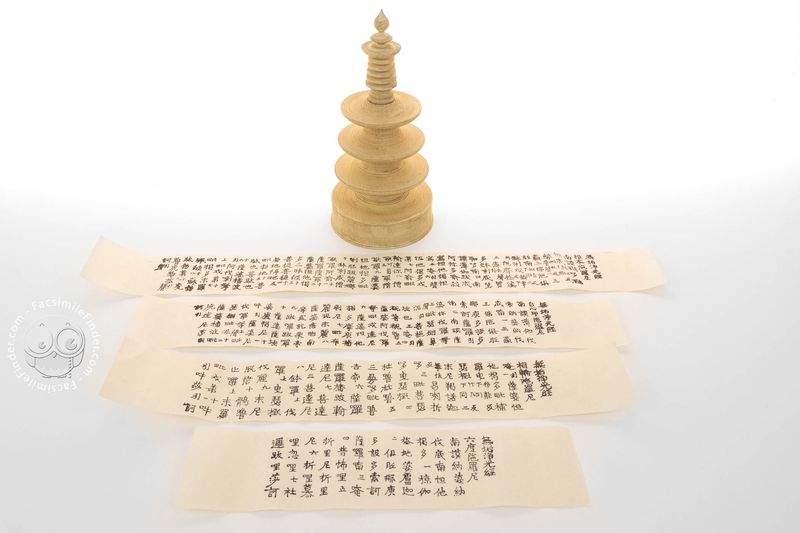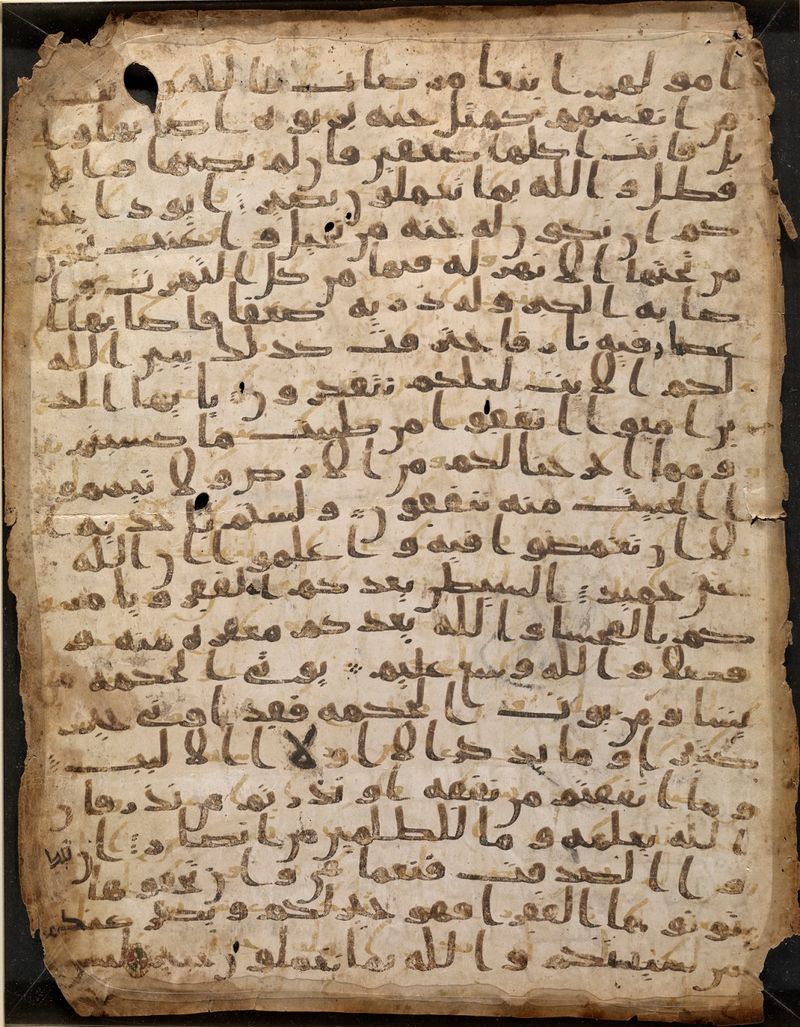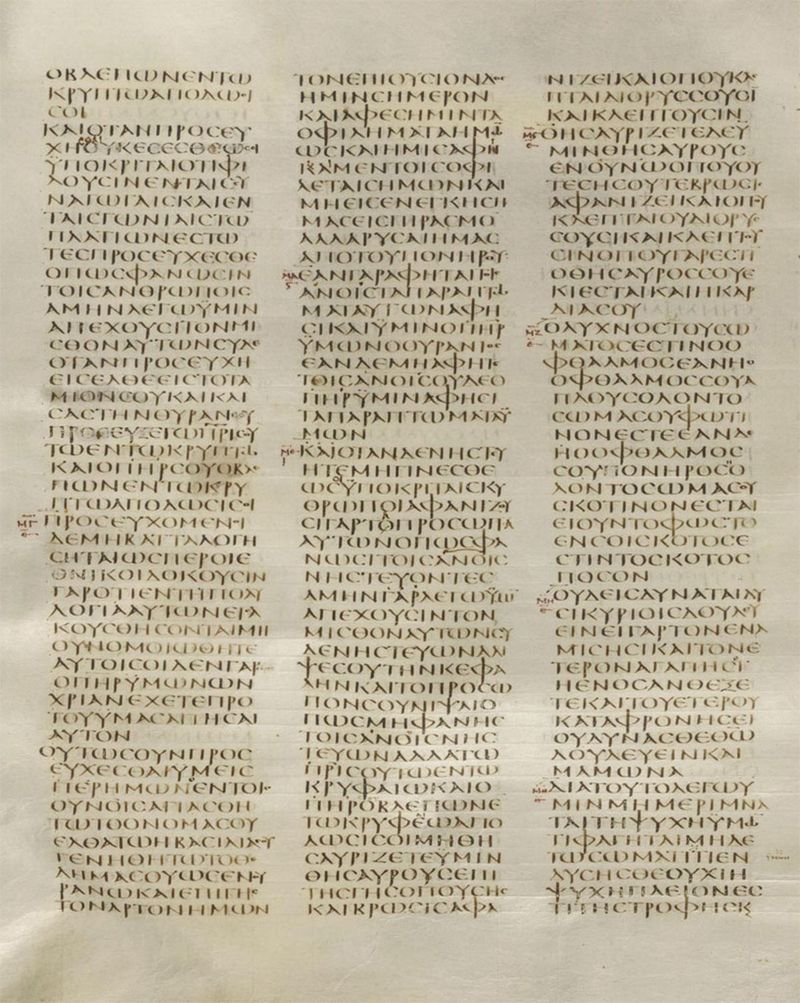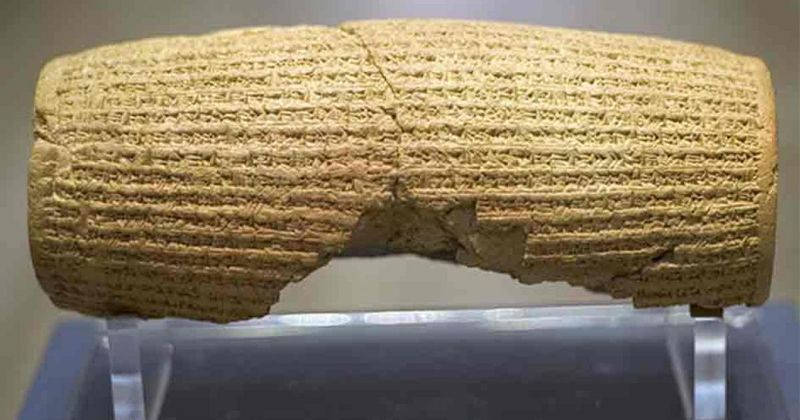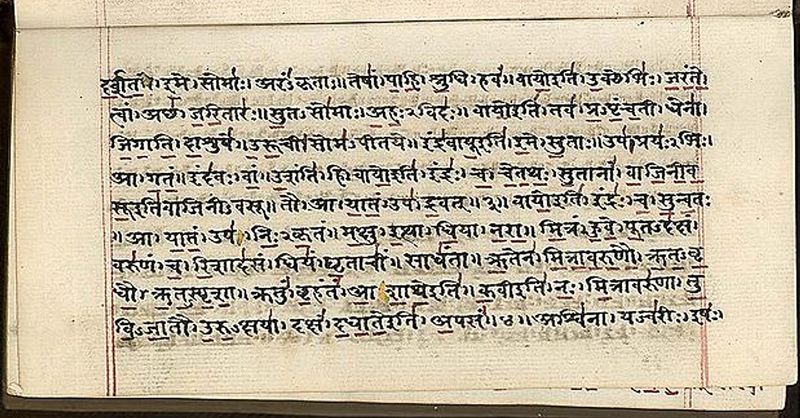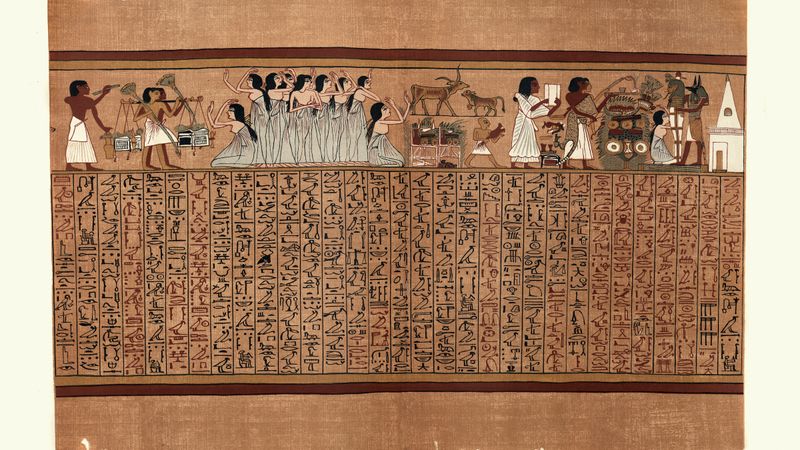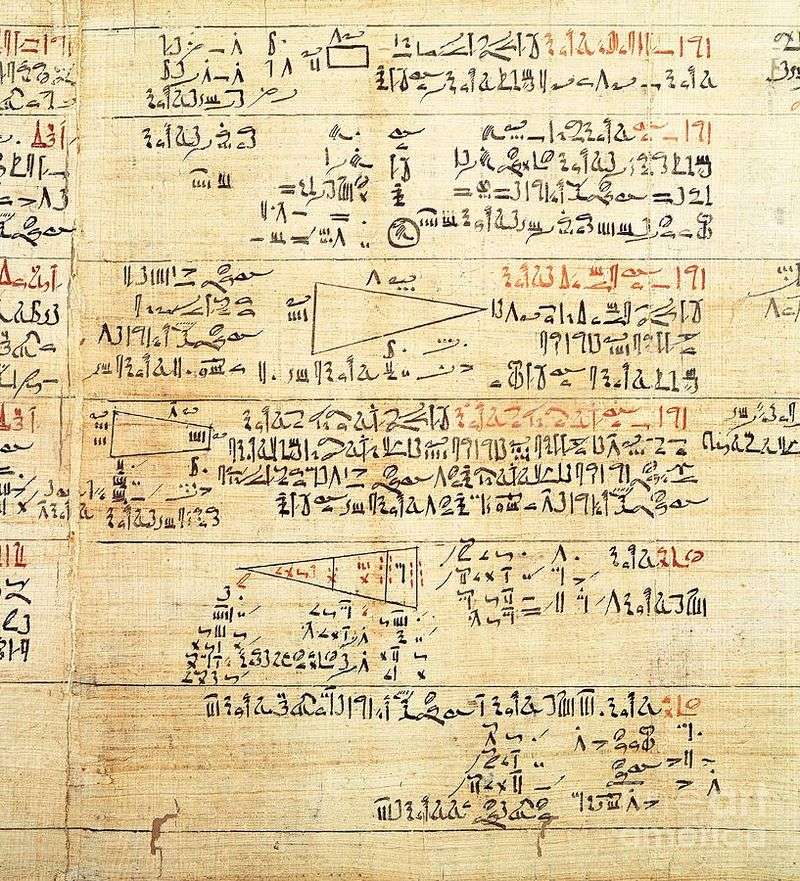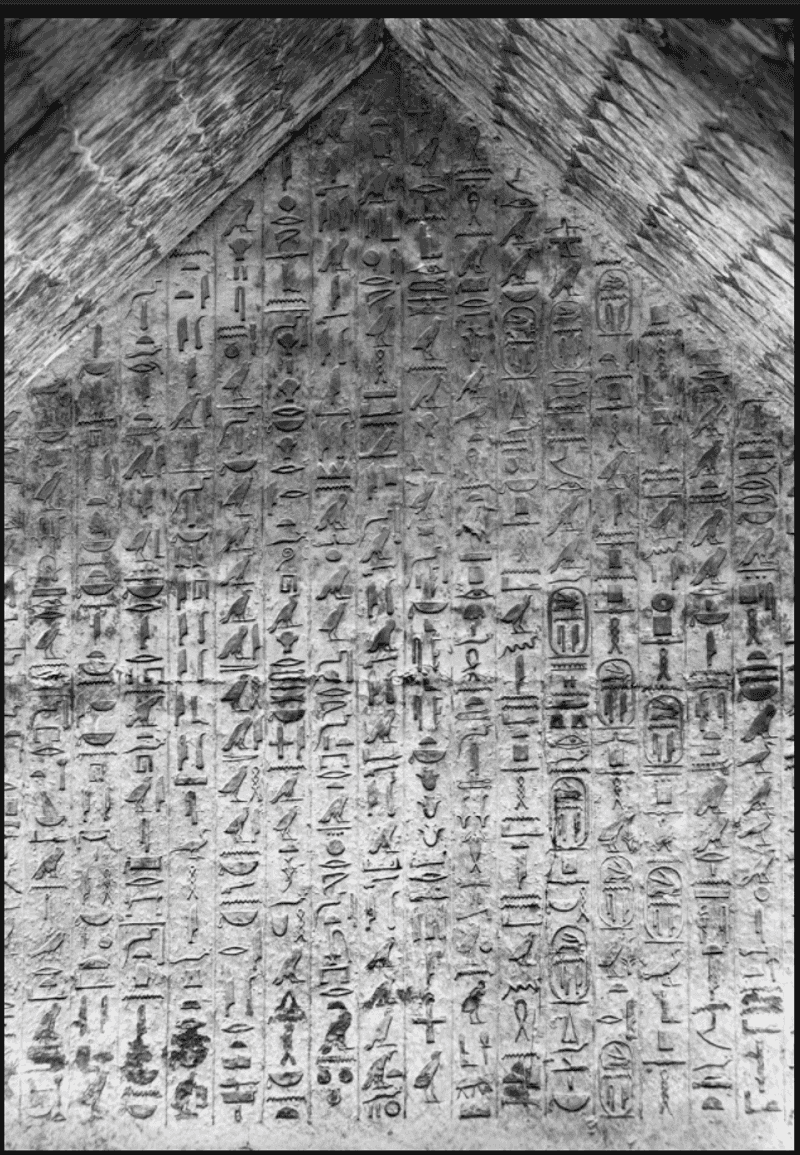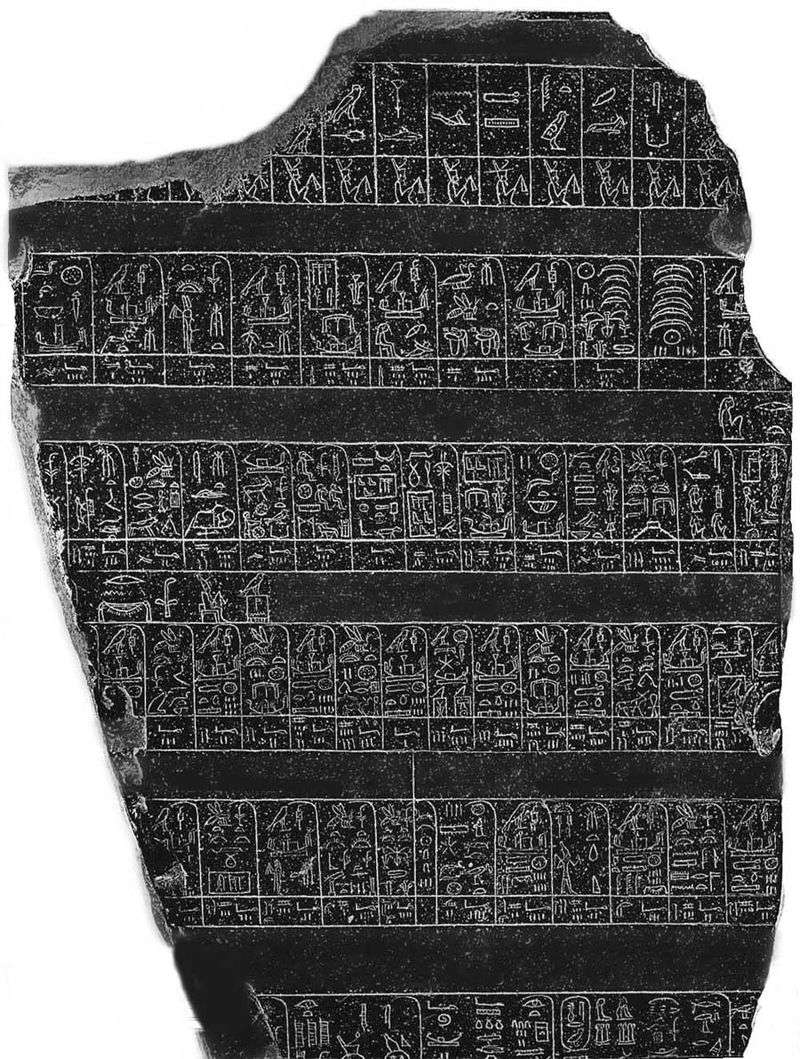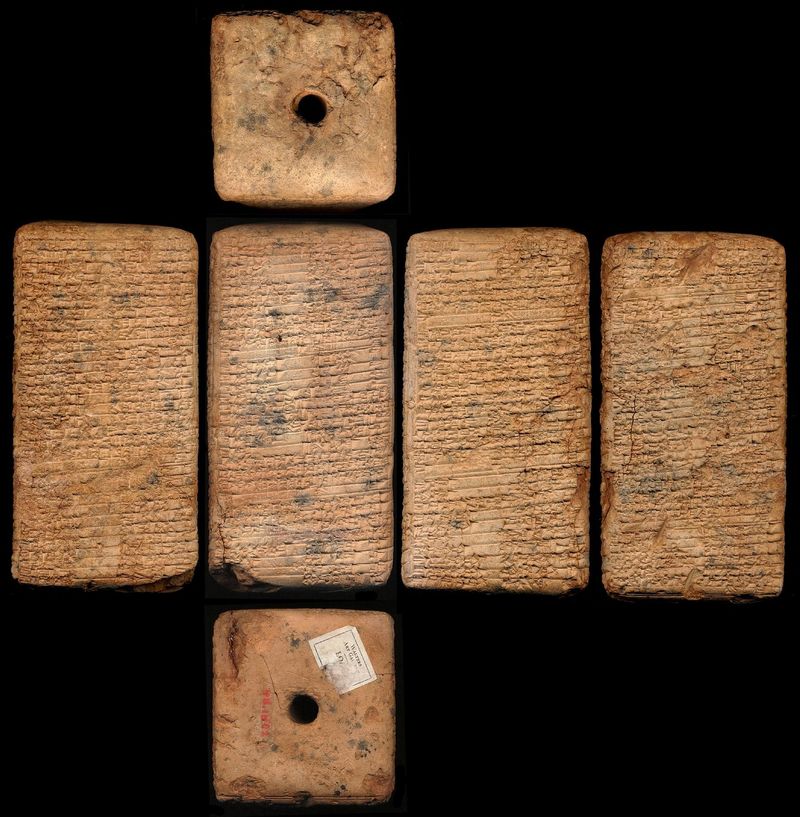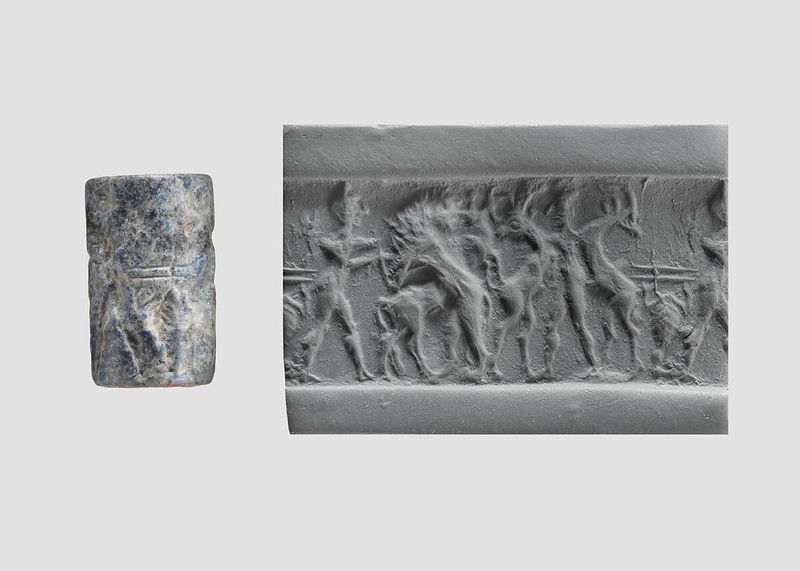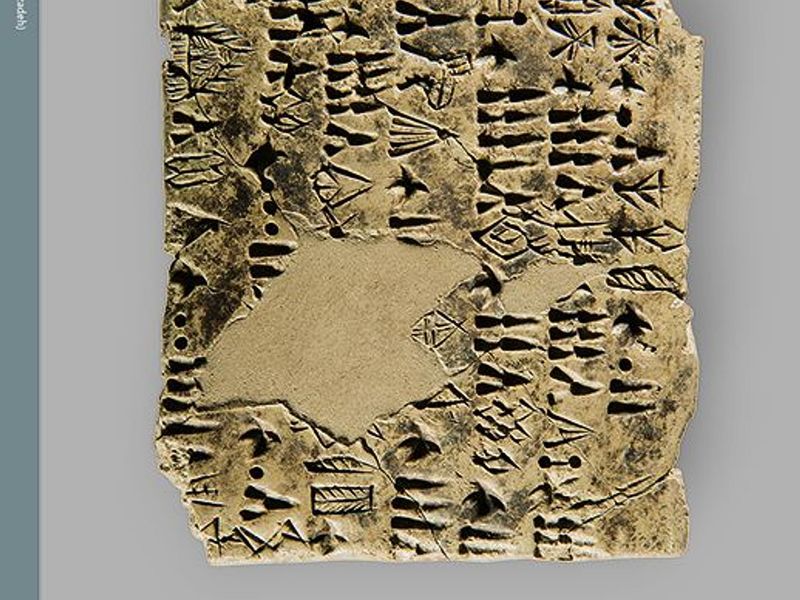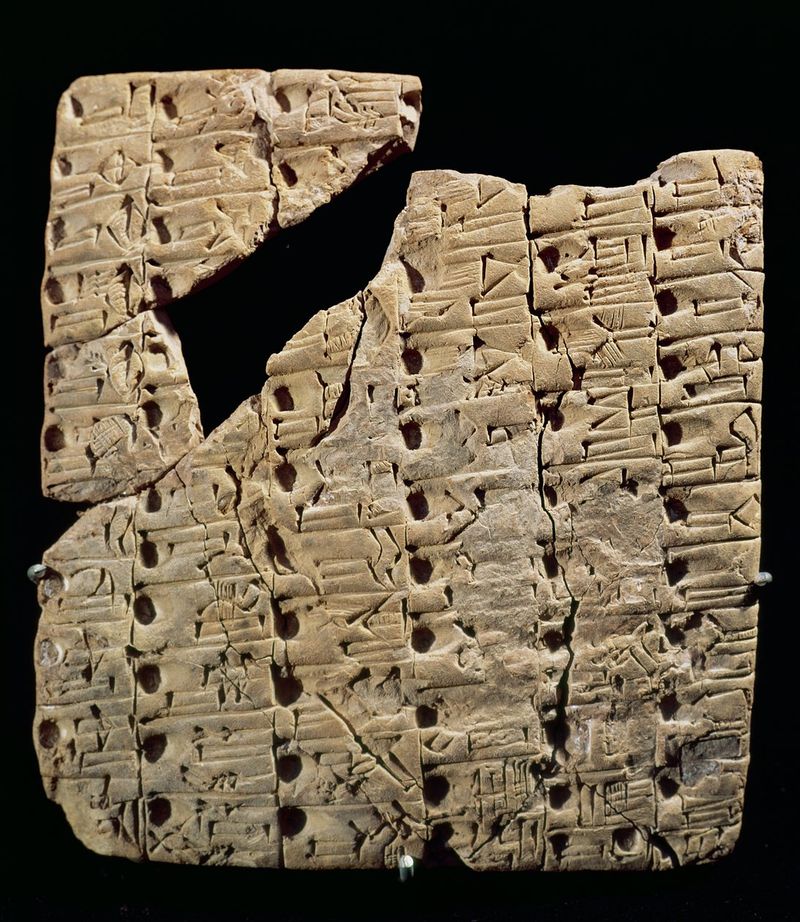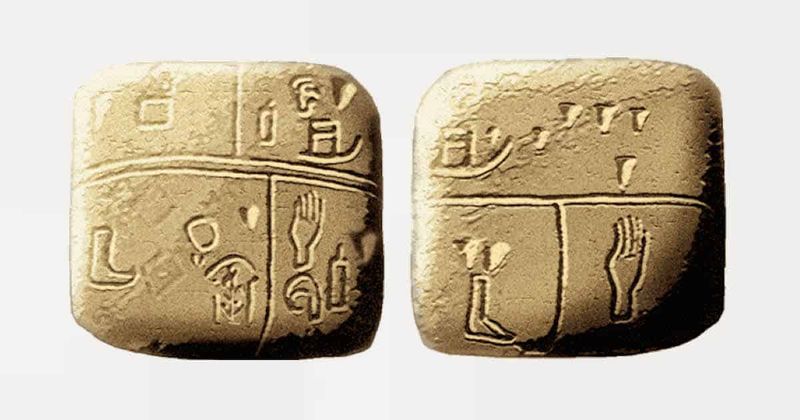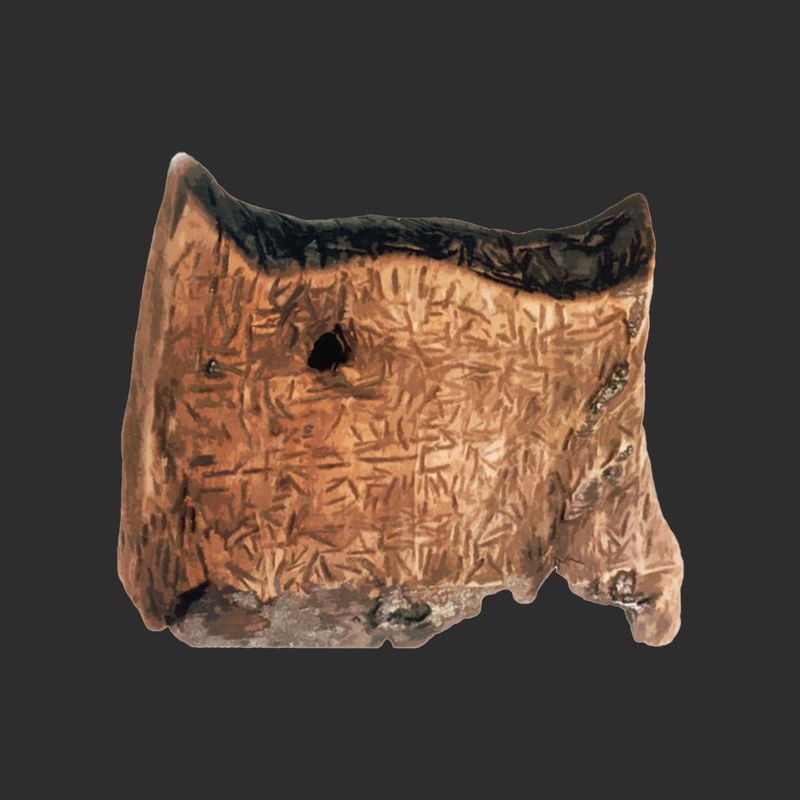Discover the oldest surviving documents that offer a glimpse into the early foundations of human civilization and culture.
These documents, spanning thousands of years and diverse cultures, provide invaluable insights into the legal, religious, and social frameworks of the past.
From majestic religious texts to foundational legal codes, each document tells a unique story about the people and societies that created them.
1. The Magna Carta (England, 1215 CE)
The Magna Carta, signed by King John of England in 1215, is a cornerstone document in the history of democracy and legal principles. It established the idea that the king and his government were not above the law. This document laid the groundwork for modern constitutional law and inspired future legal systems. Its enduring significance is reflected in its influence on the United States Constitution and other pivotal legal documents. A symbol of justice, it remains relevant today.
2. The Domesday Book (England, 1086 CE)
Commissioned by William the Conqueror in 1086, the Domesday Book is an unparalleled survey of medieval English landholdings. Often described as the “Great Survey,” it recorded the land assets and resources of England, providing a snapshot of the economic and social structures of the time. This document was instrumental in administering taxes and managing feudal relations. Its meticulous detail offers historians valuable insights into medieval life and governance.
3. Kyoto Gokokuji Temple Sutra (Japan, 8th Century CE)
The Kyoto Gokokuji Temple Sutra, printed in the 8th century, is one of Japan’s earliest printed Buddhist texts. It exemplifies the spread of Buddhism and the early use of printing technology in Asia. The sutra reflects the integration of religious and cultural practices, highlighting the role of Buddhism in shaping Japanese society. Its preservation is a testament to the dedication of Buddhist monks in maintaining religious teachings across generations.
4. Quranic Manuscripts from Sana’a (Yemen, 7th Century CE)
Discovered in the 1970s within a mosque in Sana’a, Yemen, these Quranic manuscripts date back to the 7th century. They are among the oldest known copies of the Quran, providing crucial insights into the early development of Islamic texts. The manuscripts’ exquisite calligraphy and script variations offer a glimpse into the rich tradition of Islamic art and scholarship. Their discovery was a landmark in Quranic studies.
5. The Book of Kells (Ireland, circa 800 CE)
The Book of Kells is a stunning masterpiece of medieval art, created around 800 CE in Ireland. This illuminated manuscript contains the four Gospels of the New Testament, adorned with elaborate illustrations and intricate Celtic knotwork. Its vibrant colors and complex iconography reflect the fusion of Christian themes with Irish artistic traditions. Revered for its beauty and craftsmanship, the Book of Kells remains a symbol of Ireland’s rich cultural heritage.
6. Codex Sinaiticus (Egypt, c. 330–360 CE)
The Codex Sinaiticus, dating from around 330–360 CE, is one of the oldest complete manuscripts of the Christian Bible. Written in Greek, it offers a comprehensive view of early Christian scripture. The codex is invaluable for understanding the textual history of the Bible and the development of Christian theology. Discovered at St. Catherine’s Monastery in Egypt, it remains a pivotal artifact for biblical scholarship.
7. The Dead Sea Scrolls (Israel, 3rd Century BCE – 1st Century CE)
The Dead Sea Scrolls, found in the Qumran Caves near the Dead Sea, are a collection of ancient Jewish texts dating from the 3rd century BCE to the 1st century CE. These scrolls include parts of the Hebrew Bible and are crucial for understanding early Judaism and the context of early Christianity. The texts offer a rare glimpse into the religious life of the Essenes, a Jewish sect of the time.
8. The Rosetta Stone (Egypt, 196 BCE)
The Rosetta Stone, inscribed in 196 BCE, was the key to understanding Egyptian hieroglyphs. Featuring a decree in three scripts—hieroglyphic, demotic, and Greek—it enabled scholars to finally decipher the lost language of ancient Egypt. Discovered in 1799, the stone’s trilingual inscriptions played a pivotal role in unveiling the mysteries of Egypt’s past. It stands as a vital link between ancient and modern understanding of Egyptian history.
9. The Behistun Inscription (Iran, c. 522–486 BCE)
The Behistun Inscription, created during the reign of Darius the Great (c. 522–486 BCE), is a multilingual inscription carved into a cliff in Iran. Its three languages—Old Persian, Elamite, and Babylonian—provided a crucial key to deciphering cuneiform script. This monumental inscription recounts the conquests and achievements of Darius, offering profound insights into Persian history and the empire’s administrative practices.
10. The Cyrus Cylinder (Persia, c. 539–530 BCE)
Often hailed as the first declaration of human rights, the Cyrus Cylinder dates back to around 539–530 BCE. Issued by Cyrus the Great, it details his conquest of Babylon and his policies of religious tolerance and repatriation. The cylinder’s inscriptions reflect a progressive approach to governance and cultural integration in the Persian Empire. Its legacy endures as a symbol of enlightened leadership and respect for cultural diversity.
11. The Hindu Vedas (Rigveda) (India, orally composed c. 1500 BCE, written c. 1000 BCE)
The Rigveda, one of Hinduism’s oldest sacred texts, was orally composed around 1500 BCE and later written down around 1000 BCE. It comprises hymns dedicated to various deities and forms the basis of early Vedic religion. The text reveals insights into ancient Indian society, cosmology, and religious practices. Its oral transmission reflects the rich tradition of knowledge preservation in Indian culture.
12. The Code of Hammurabi (Babylon, c. 1754 BCE)
Erected around 1754 BCE, the Code of Hammurabi is one of the earliest known legal codes. This Babylonian text consists of 282 laws inscribed on a stone stele, outlining justice and order in society. It covers topics like trade, property, and family relations, reflecting Babylon’s complex social structure. The code’s “eye for an eye” principle has influenced legal thought throughout history, showcasing early attempts at law and governance.
13. The Egyptian Book of the Dead (Egypt, c. 1550 BCE)
The Egyptian Book of the Dead, dating to around 1550 BCE, is a collection of funerary texts used to guide the deceased through the afterlife. These texts include spells, prayers, and rituals meant to ensure safe passage and judgment. Richly illustrated, they provide a vivid depiction of Egyptian beliefs about life after death. The book’s preservation offers insights into ancient Egyptian religion and customs surrounding burial practices.
14. The Rhind Mathematical Papyrus (Egypt, c. 1550 BCE)
The Rhind Mathematical Papyrus, dating to around 1550 BCE, is a key source of understanding ancient Egyptian mathematics. This papyrus contains mathematical problems and solutions, illustrating the practical application of math in daily life. It covers topics such as fractions, algebra, and geometry, providing insights into the intellectual pursuits of the time. The document’s survival highlights the sophistication of Egyptian scholarly traditions.
15. The Instructions of Shuruppak (Sumer, c. 2500 BCE)
Attributed to the Sumerian king Shuruppak, these instructions date to around 2500 BCE and are among the earliest examples of wisdom literature. Written in cuneiform, they consist of advice on proper conduct and morality, reflecting the values and social norms of early Mesopotamian society. The text’s survival provides an intimate glimpse into the ethical teachings and cultural heritage of Sumer.
16. Pyramid Texts (Egypt, c. 2400–2300 BCE)
The Pyramid Texts, dating from 2400 to 2300 BCE, are the world’s oldest religious texts. Inscribed in the pyramids of Egypt’s Fifth and Sixth Dynasties, these texts contain spells and instructions to aid the pharaoh in the afterlife. They offer a profound understanding of ancient Egyptian religious beliefs and the importance of funerary practices. Their discovery has enriched our knowledge of Egypt’s spiritual and cultural legacy.
17. The Epic of Gilgamesh Tablets (Sumer/Akkad, c. 2100 BCE)
Dating to around 2100 BCE, the Epic of Gilgamesh is the oldest known epic poem in human history. It tells the story of Gilgamesh, a legendary king of Uruk, and his adventures. The tablets, written in cuneiform, explore themes of friendship, mortality, and the human quest for meaning. As a foundational work of literature, it has influenced storytelling across cultures and centuries.
18. The Palermo Stone (Egypt, c. 2400 BCE)
The Palermo Stone, dating to around 2400 BCE, is a stele recording the reigns of Egypt’s earliest kings. It provides a chronological list of pharaohs and significant events, offering a glimpse into the political history of ancient Egypt. The stone’s inscriptions are vital for understanding the early dynastic period and the development of Egyptian statehood. Its preservation highlights the sophistication of Egyptian record-keeping.
19. The Kesh Temple Hymn (Sumer, c. 2600 BCE)
The Kesh Temple Hymn, one of the oldest surviving pieces of literature, dates to around 2600 BCE. It praises a temple in the ancient Sumerian city of Kesh, reflecting the religious devotion of the time. Written in cuneiform, this hymn demonstrates the early use of poetic form in religious expression. The text offers insights into the spiritual life and architectural achievements of ancient Mesopotamia.
20. The Barton Cylinder (Sumer, c. 2600 BCE)
The Barton Cylinder, dating to around 2600 BCE, is an early religious text from Mesopotamia. It features structured poetic form and reflects the religious practices of the time. The cylinder’s inscriptions provide insights into the theological and ritualistic aspects of Sumerian society. Its survival highlights the importance of religious texts in preserving cultural heritage and offers a window into the spiritual life of ancient Mesopotamia.
21. Proto-Elamite Tablets (Iran, c. 3100–2900 BCE)
The Proto-Elamite Tablets, dating from around 3100 to 2900 BCE, are among the earliest known examples of writing. These undeciphered clay tablets originate from Elam, an ancient civilization in present-day Iran. Featuring a unique script, they provide a rare glimpse into the development of writing systems and communication in early societies. Their mystery continues to challenge linguists and historians today.
22. The Uruk IV Tablets (Sumer, c. 3200 BCE)
Dating to around 3200 BCE, the Uruk IV Tablets are early examples of administrative records from the city of Uruk in Sumer. These tablets showcase the development of cuneiform script and the role of writing in managing complex societies. They document economic transactions and the distribution of resources, providing insights into the social and economic structures of ancient Mesopotamia. Their preservation marks a key moment in the history of writing.
23. The Narmer Palette (Egypt, c. 3100 BCE)
The Narmer Palette, dating to around 3100 BCE, is a ceremonial artifact that commemorates the unification of Upper and Lower Egypt. This intricately carved slate depicts scenes of King Narmer’s victory and is a crucial artifact in understanding the early dynastic period of Egypt. The palette’s imagery provides insights into the political symbolism and artistic conventions of ancient Egypt.
24. Kish Tablet (Sumer, c. 3500 BCE)
The Kish Tablet, dating to around 3500 BCE, is one of the earliest examples of writing, featuring proto-cuneiform signs. Discovered in the ancient city of Kish, it marks a critical development in the history of written communication. The tablet’s simplicity offers a glimpse into the initial stages of writing and record-keeping. Its discovery has enriched our understanding of the origins of writing in ancient Mesopotamia.
25. Dispilio Tablet (Greece, c. 5200 BCE)
The Dispilio Tablet, discovered in a Neolithic lake settlement in Greece, dates to around 5200 BCE. This wooden tablet features engraved symbols that may represent one of the earliest forms of writing. Its discovery has sparked discussions about the origins of written communication in Europe. The tablet’s enigmatic symbols continue to intrigue archaeologists and historians, offering a tantalizing glimpse into prehistoric literacy.
